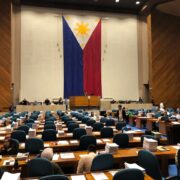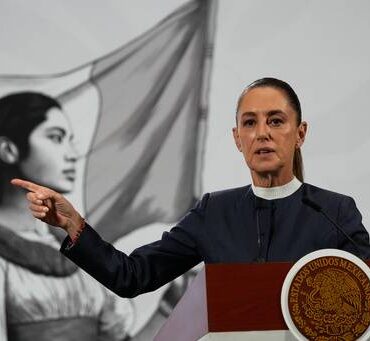Beyond the Event: Sustaining Art Through Long-Term Practice

In the arts, there’s often a lot of pressure to measure success through events: the big exhibit, the concert, the festival, the opening night. These moments are exciting and they can bring people together, but they can also trick us into thinking that art only matters when there’s a stage, a spotlight, or a crowd. When artists put too much weight on events, they risk losing sight of what really keeps art alive: process, continuity, and connection.
The problem with events is that they’re fleeting. A show might draw attention for a weekend, but once the lights go out, the energy fades. If the goal of art is to touch people, shift perspectives, or create bonds in communities, then something more lasting is needed. Impact does not grow in the short burst of an opening night; it grows in the steady, everyday practice that surrounds and sustains it.
There’s also the toll it takes on artists themselves. Preparing for events often means long stretches of stress, endless logistics, and scrambling for resources. Afterward, what’s left is exhaustion and, too often, a stretch of silence. This boom-and-bust rhythm is not only unsustainable, it can also burn artists out. A healthier path lies in practices that unfold over time, such as collaborations, workshops, and ongoing projects that provide stability and a sense of growth rather than constant pressure to perform.
Another risk is that events tend to privilege spectacle. They highlight the finished piece, the polished performance, while pushing the slow, messy, and deeply human process of making art into the background. But it is in the process, with its mistakes, revisions, and conversations, that real transformation often happens. When everything is built around events, art gets reduced to something to be consumed instead of something to be lived.
Communities, too, benefit more from continuity than from occasional fanfare. A single performance may impress, but it’s the regular conversations, the hands-on workshops, and the long-term relationships that build trust and meaning. Art is at its strongest when it becomes part of people’s everyday lives, not just an interruption once or twice a year.
This is not to say events have no value. A yearly gathering, like a photowalk or a community mural, can be powerful. It gives people a sense of tradition, a reason to come together, and something to look forward to. But it only reaches its full potential when it is tied to the work that happens in between—the meetups, the photo sharing, the mentoring, the slow weaving of community. Events should be milestones, not the whole journey.
In the end, artists need to be careful not to confuse the event with the art itself. Events can celebrate, showcase, and amplify, but they should not be the heart of the practice. The heart lies in the day-to-day work, the connections built over time, and the commitment to keep making even when no one is watching.
Art is bigger than any single event, and when artists remember this, both the art and the community around it become stronger.
Geri Matthew “Choi” Carretero,
cofounder, Kurit-LagtingArt Collective

















Graduate school must refocus on the classroom